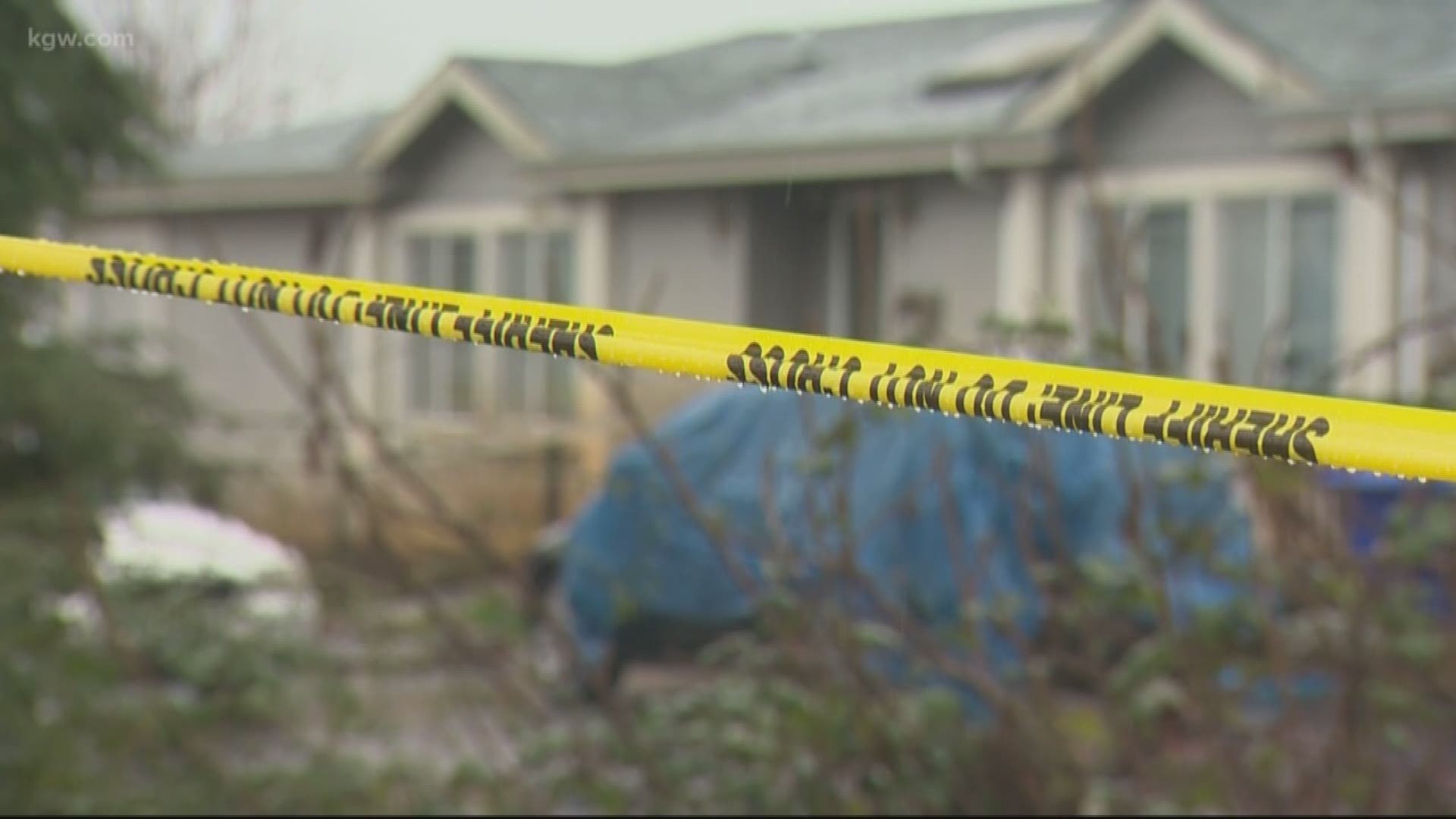![Prices doubled for more than 60 drugs in 2015 [video : 79694372]](http://videos.usatoday.net/Brightcove2/29906170001/2016/02/29906170001_4734179370001_thumb-i6Qi14oikNsg.jpg?pubId=29906170001)
![635894188804566992-ThinkstockPhotos-122524539.jpg [image : 79359910]](http://www.gannett-cdn.com/media/2016/01/26/USATODAY/USATODAY/635894188804566992-ThinkstockPhotos-122524539.jpg)
Patients suffering from painful, sometimes life-threatening diseases often find the struggles hardly end when the treatments are over.
Co-payments and other out-of-pocket costs for drugs, on top of the bills for the uncovered portion of doctor and hospital visits, can linger for months or years, especially for chronic conditions such as heart disease and cancer.
Drug prices are increasing far faster than any other aspect of health care. They went up 10% in 2015 and 14% in 2014, when they were a top cause of the 5.3% increase in overall health care costs, according to the Centers for Medicare and Medicaid Services. High-cost specialty drugs, particularly those for cancer and hepatitis C, are the primary culprits but even generic drug prices are way up.
Motivated to help
Pat Mastors started the Patient Voice Institute after her then 26-year-old daughter came down with Guillain-Barre syndrome in 2013. Jess Mastors needed five infusions that cost $10,000 each, and the total hospital bill came to about $100,000, nearly all of which was covered by insurance.
But, Mastors asks, "What if we were uninsured?"
Struggles over the cost of drugs lead many into debt, bankruptcy or even ill-advised strategies such as splitting pills or skipping days to make medications last longer. Cancer patients filing for bankruptcy protection appear to have a higher risk of dying, according to a new report in the Journal of Clinical Oncology. The authors, from the Fred Hutchinson Cancer Research Center in Seattle, said more research is needed to understand how "extreme financial distress influences survival" after people are diagnosed with cancer.
Drugmakers' patient-assistance programs are the place to start if you need help paying for your prescriptions. Leigh Purvis, director of health services research at AARP's Public Policy Institute, calls them a "necessary evil" in the face of drugmakers' continued price increases.
These programs provide co-payment assistance or free or discounted medicines to people who can’t afford them.
Purvis suggests people try the Centers for Medicare and Medicaid Services' list of recommended programs and NeedyMeds.org, which lists hundreds of programs.
“These programs give away billions of drugs each year and help millions of people,” says Rich Sagall, the retired physician who founded NeedyMeds.
Eligibility varies based on the drug, says Sagall, but it often takes into account someone’s income, insurance status and diagnosis and can be as high as 500% of the federal poverty limit, or just over about $100,000 a year for a family of three,
Erin Singleton, chief of mission delivery for the Patient Advocate Foundation, warns that some of the programs don't have retroactive approval, so it's important to research your options before you begin treatments, if possible. Even if you don't think you'll need the help now, Singleton notes that illnesses require many people to cut back hours or stop working, so it's good to be aware of available assistance just in case.
Sagall also suggests thinking about your entire family’s medication needs, because if there’s no assistance program for your expensive drug, there could be one for another family member's drugs, which could free up money for your medicine.
![Primary care, urgent care or ER? It all depends on what ails you [oembed : 79360122] [oembed : 79360122] [oembed : 79360122] [oembed : 79360122] [oembed : 79360122] [oembed : 79360122] [oembed : 79360122] [oembed : 79360122] [oembed : 79360122] [oembed : 79360122]](/Portals/_default/Skins/PrestoLegacy/CommonCss/images/smartembed.png)
NeedyMeds also offers free drug discount cards offering up to 80% off the cash price of prescription drugs, one of many drug-discount programs out there. RefillWise has a savings card that also tracks prescriptions, offers “points” that can be redeemed for cash rewards and reminder emails when it’s time to call in your next prescription.
Some other ways to get help:
- Always talk to your doctor and/or pharmacist about your benefits and whether there are less-expensive options, including generic drugs, that would work as well for you.
Appeal to your insurer for a “clinical exception” if your insurer denies coverage for a more expensive drug that you’ve been using successfully, suggests Nadina Rosier, who is a pharmacy benefits leader at consulting firm Willis Towers Watson.
Check if local stores have savings or discount programs.
Shop around. Praveen Arla, a family practice doctor in Bullitt County, Ky., says many patients on several drugs get a few at one pharmacy and a few more at another. Consumer Reports reported recently that prices for generic drugs varied considerably depending on the pharmacy. Plavix, for example, cost $13 at Costco, $30 at Target and Walmart and a whopping $130 at Rite Aid,
Compare drug prices online. Singleton uses the Goodrx app, which helps her compare costs by pharmacy and includes coupons.
Holly Woodcock of Idaho didn't try to find help to pay for the myriad drugs she had to take for colon cancer in 2010. That may have been a mistake as her household income is just below $100,000. Without help, Woodcock says she drained her savings and wound up $35,000 in debt from her family's portion of costs for all of the procedures and drugs.
![635894190295156547-Holly-and-Dave-Woodcock.jpg [image : 79360004]](http://www.gannett-cdn.com/media/2016/01/26/USATODAY/USATODAY/635894190295156547-Holly-and-Dave-Woodcock.jpg)
Success story
George Ziegler, 53, of Louisville, Ky., got help from an employee at KentuckyOne Health’s Sts. Mary & Elizabeth Hospital after he had a heart attack and needed a new medicine to help reduce the risk of a future attack or blood clots in stents.
The medicine cost $165 a month, and Ziegler, a recently laid-off mechanic, was uninsured at the time and couldn't afford it. So the hospital employee helped him get onto a patient-assistance program.
“I ended up being able to get it and didn’t pay a penny," he says.
Without the medicine and the employee’s help, he says, he might not be alive today.

![635894189488787378-Pat-and-Jess-Mastors.JPG [image : 79359962]](http://www.gannett-cdn.com/media/2016/01/26/USATODAY/USATODAY/635894189488787378-Pat-and-Jess-Mastors.JPG)
